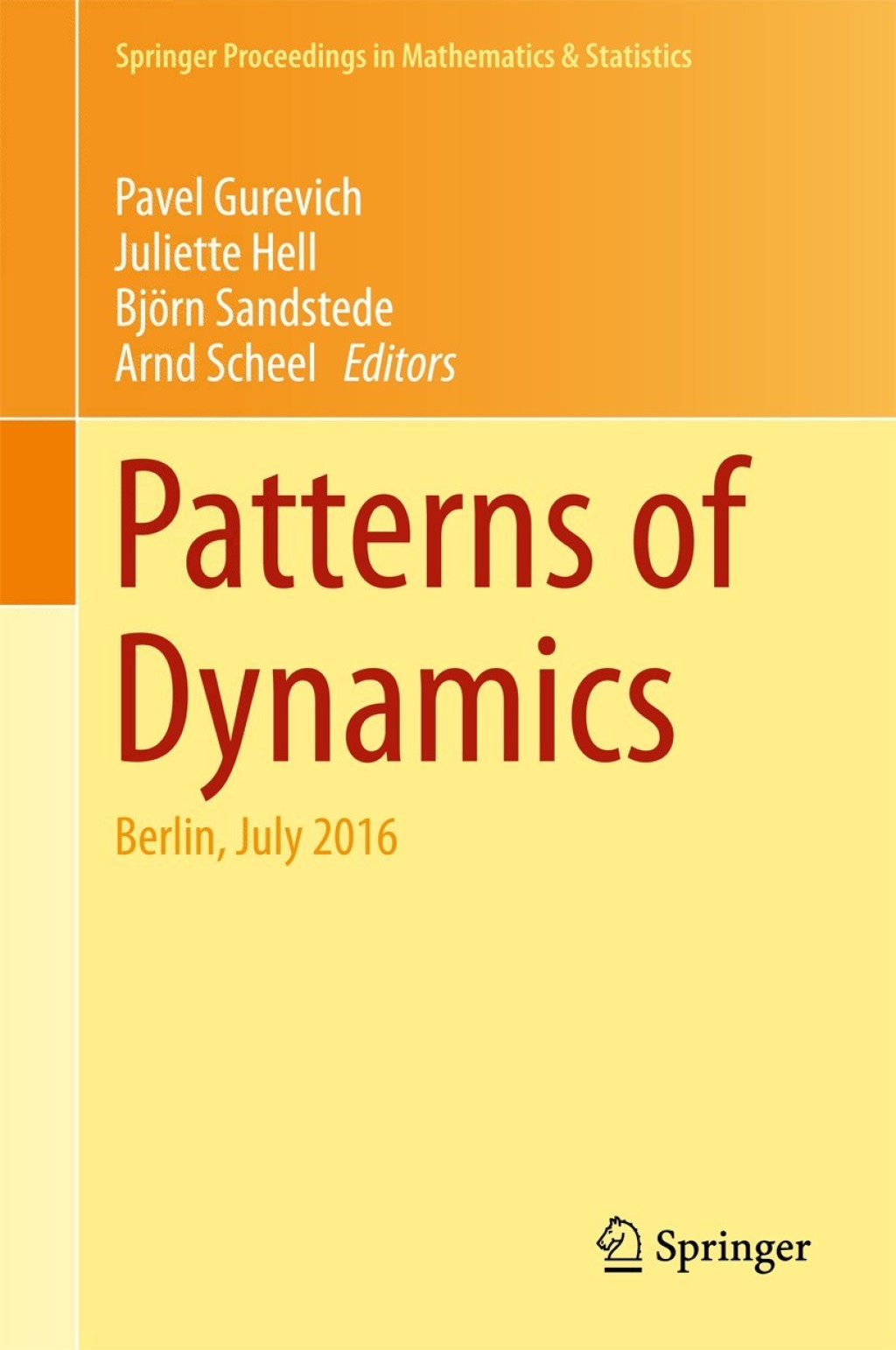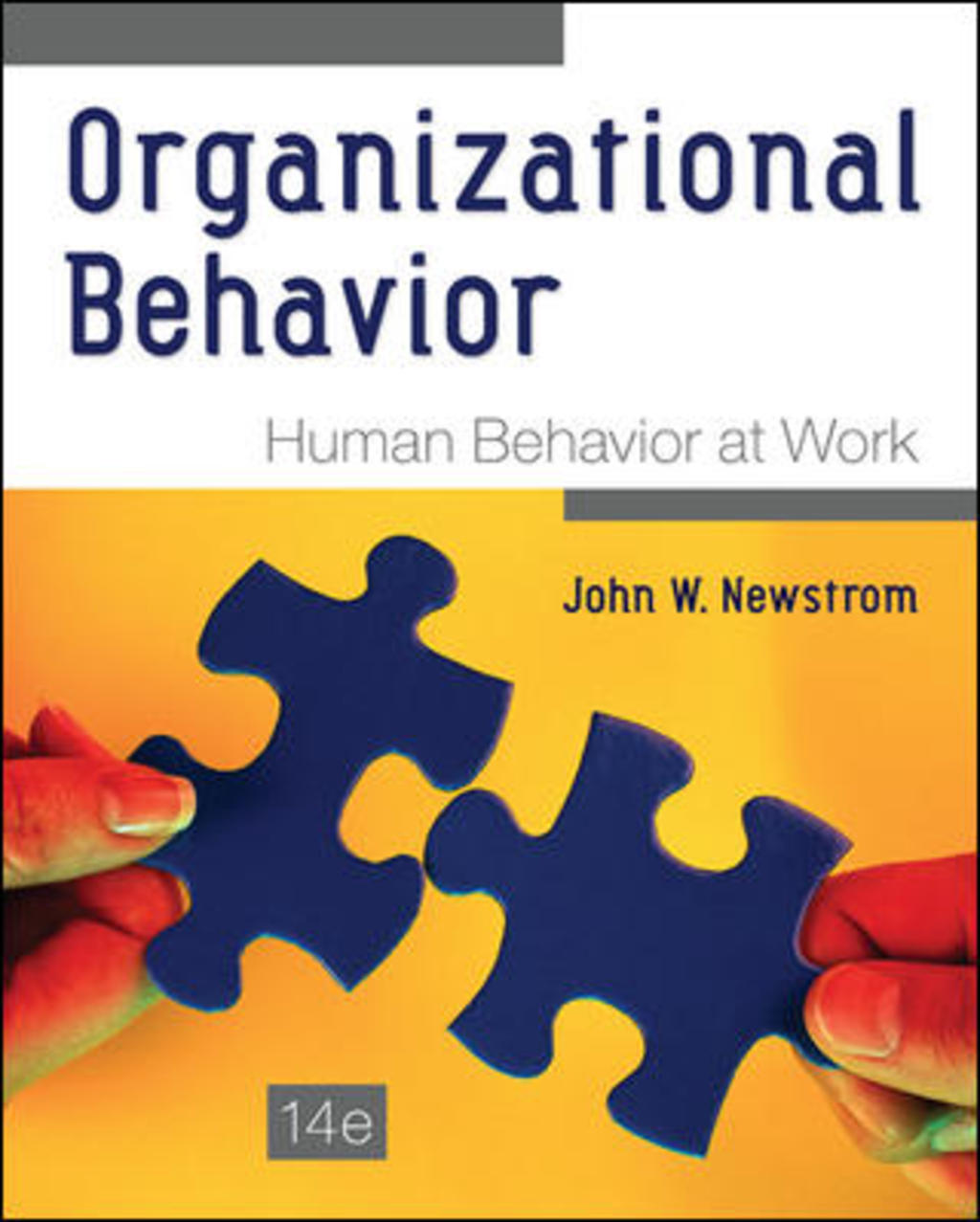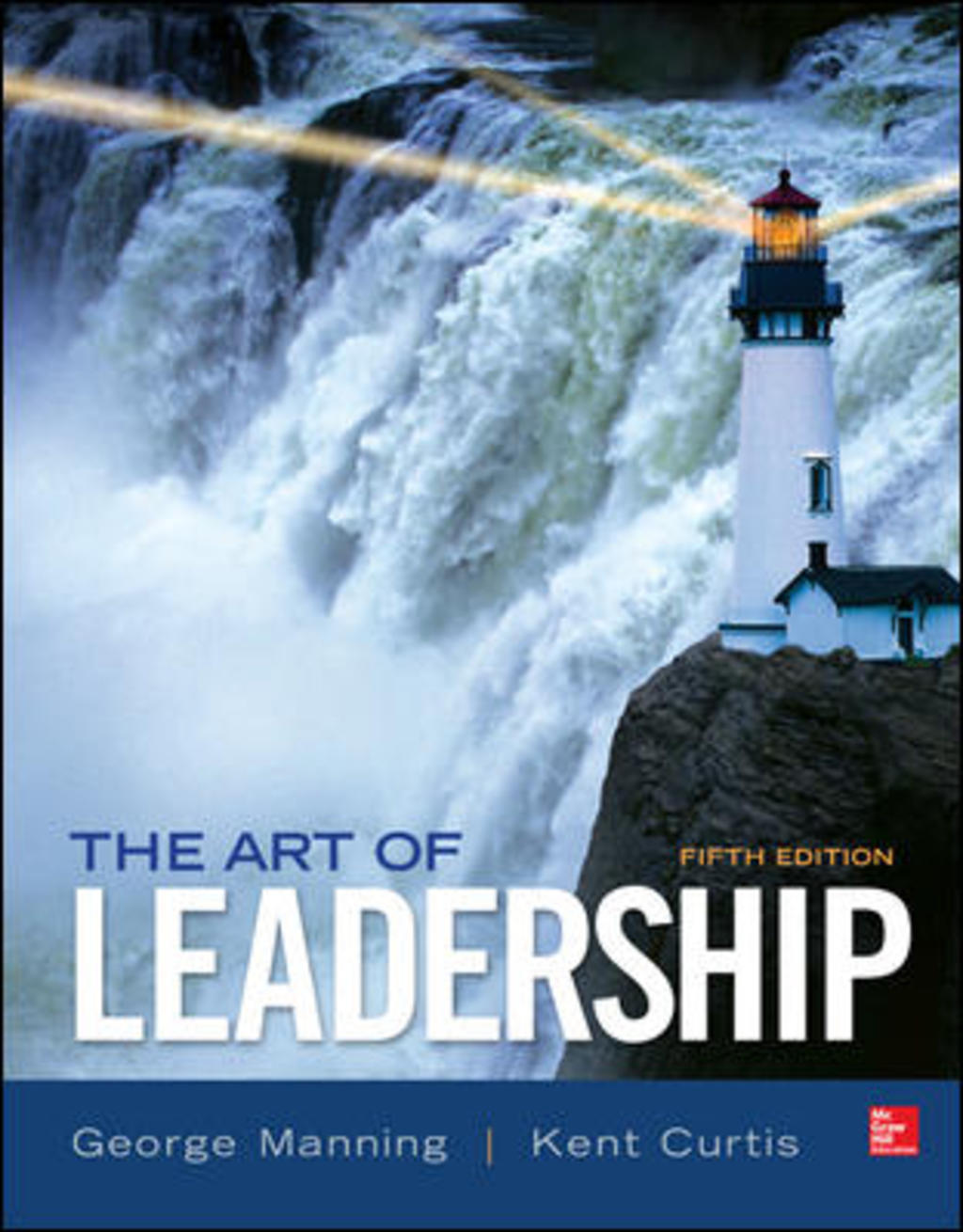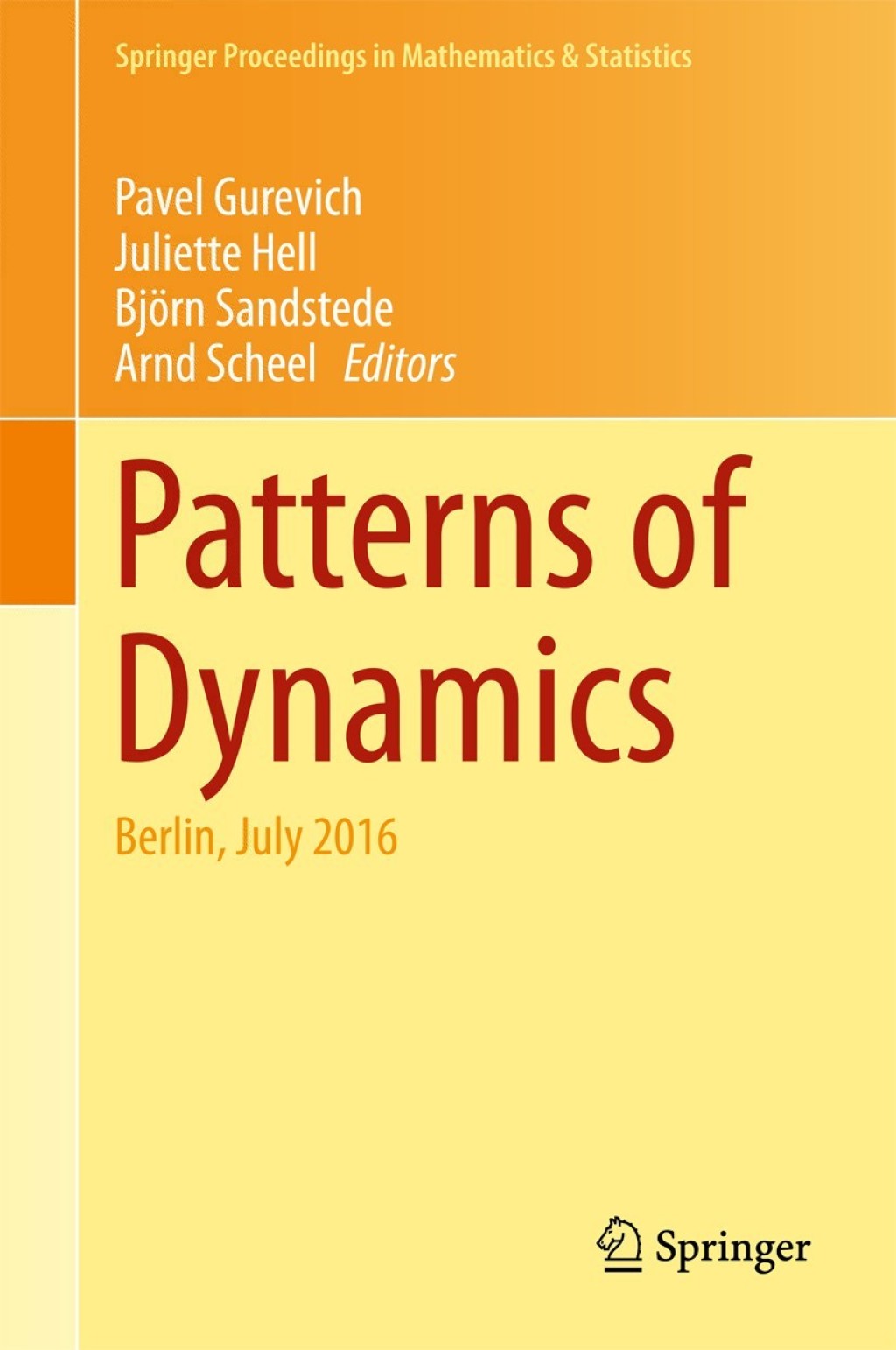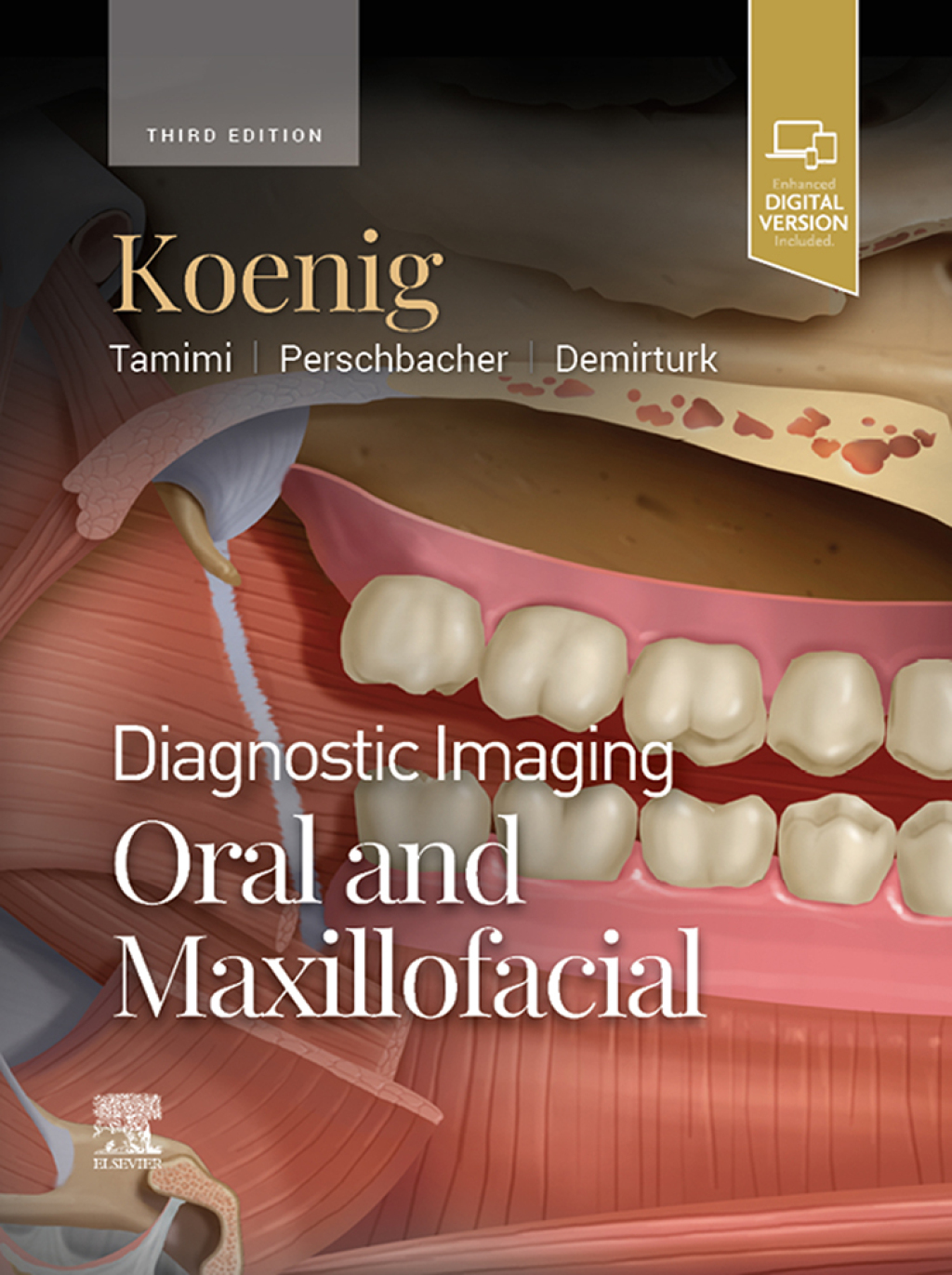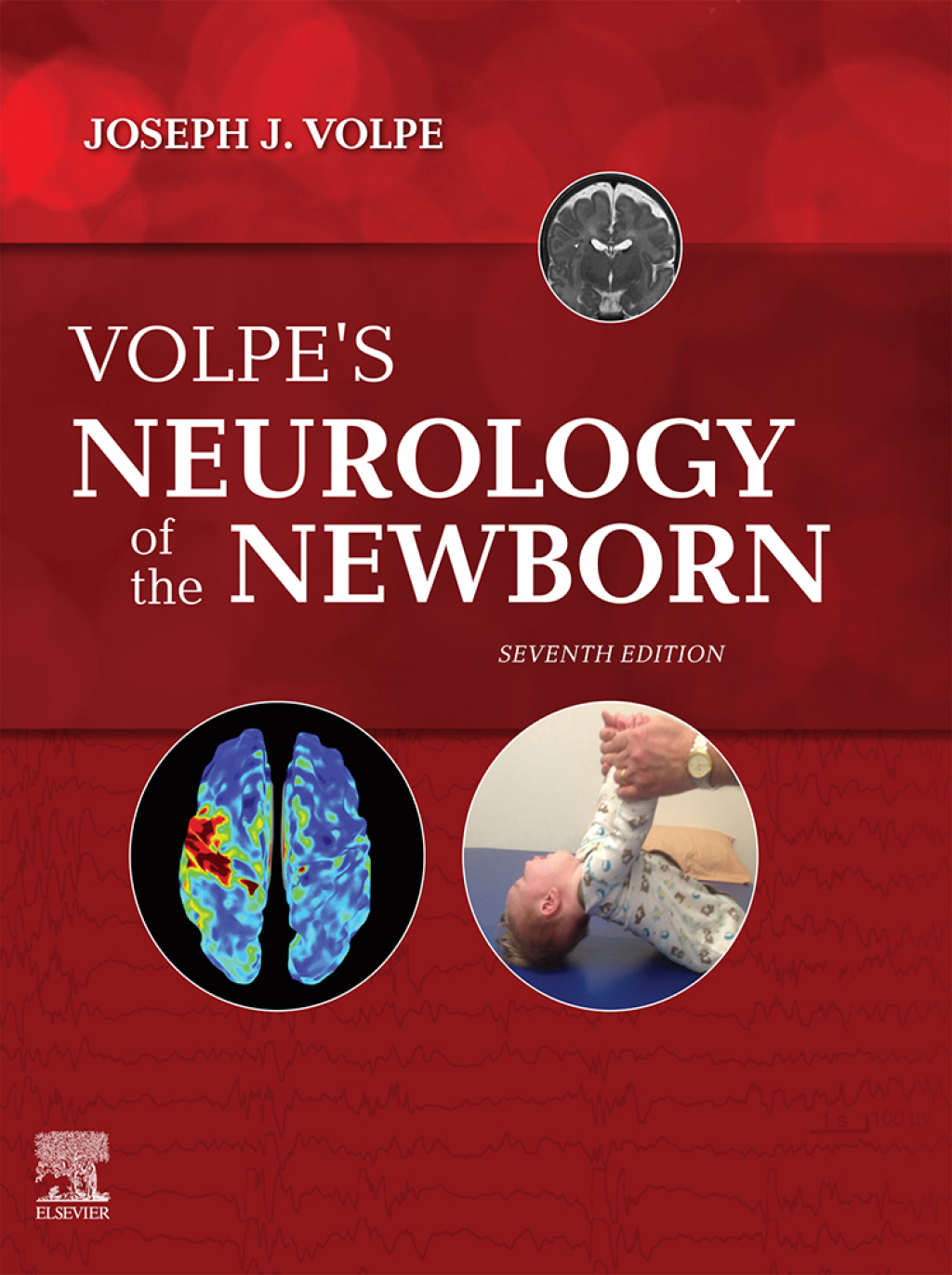Patterns of Dynamics Berlin, July 2016
Author(s):
Publisher: Springer
ISBN: 9783319641720
Edition:
$39,99
Delivery: This can be downloaded Immediately after purchasing.
Version: Only PDF Version.
Compatible Devices: Can be read on any device (Kindle, NOOK, Android/IOS devices, Windows, MAC)
Quality: High Quality. No missing contents. Printable
Recommended Software: Check here
Important: No Access Code
Description
Description
Theoretical advances in dynamical-systems theory and their applications to pattern-forming processes in the sciences and engineering are discussed in this volume that resulted from the conference Patterns in Dynamics held in honor of Bernold Fiedler, in Berlin, July 25-29, 2016.The contributions build and develop mathematical techniques, and use mathematical approaches for prediction and control of complex systems. The underlying mathematical theories help extract structures from experimental observations and, conversely, shed light on the formation, dynamics, and control of spatio-temporal patterns in applications. Theoretical areas covered include geometric analysis, spatial dynamics, spectral theory, traveling-wave theory, and topological data analysis; also discussed are their applications to chemotaxis, self-organization at interfaces, neuroscience, and transport processes.¬â€Â
Related products
Patterns of Dynamics Berlin, July 2016
Author(s):
Publisher: Springer
ISBN: 9783319641720
Edition:
$39,99
Delivery: This can be downloaded Immediately after purchasing.
Version: Only PDF Version.
Compatible Devices: Can be read on any device (Kindle, NOOK, Android/IOS devices, Windows, MAC)
Quality: High Quality. No missing contents. Printable
Recommended Software: Check here
Important: No Access Code
Description
Theoretical advances in dynamical-systems theory and their applications to pattern-forming processes in the sciences and engineering are discussed in this volume that resulted from the conference Patterns in Dynamics held in honor of Bernold Fiedler, in Berlin, July 25-29, 2016.The contributions build and develop mathematical techniques, and use mathematical approaches for prediction and control of complex systems. The underlying mathematical theories help extract structures from experimental observations and, conversely, shed light on the formation, dynamics, and control of spatio-temporal patterns in applications. Theoretical areas covered include geometric analysis, spatial dynamics, spectral theory, traveling-wave theory, and topological data analysis; also discussed are their applications to chemotaxis, self-organization at interfaces, neuroscience, and transport processes.ÂÂ



